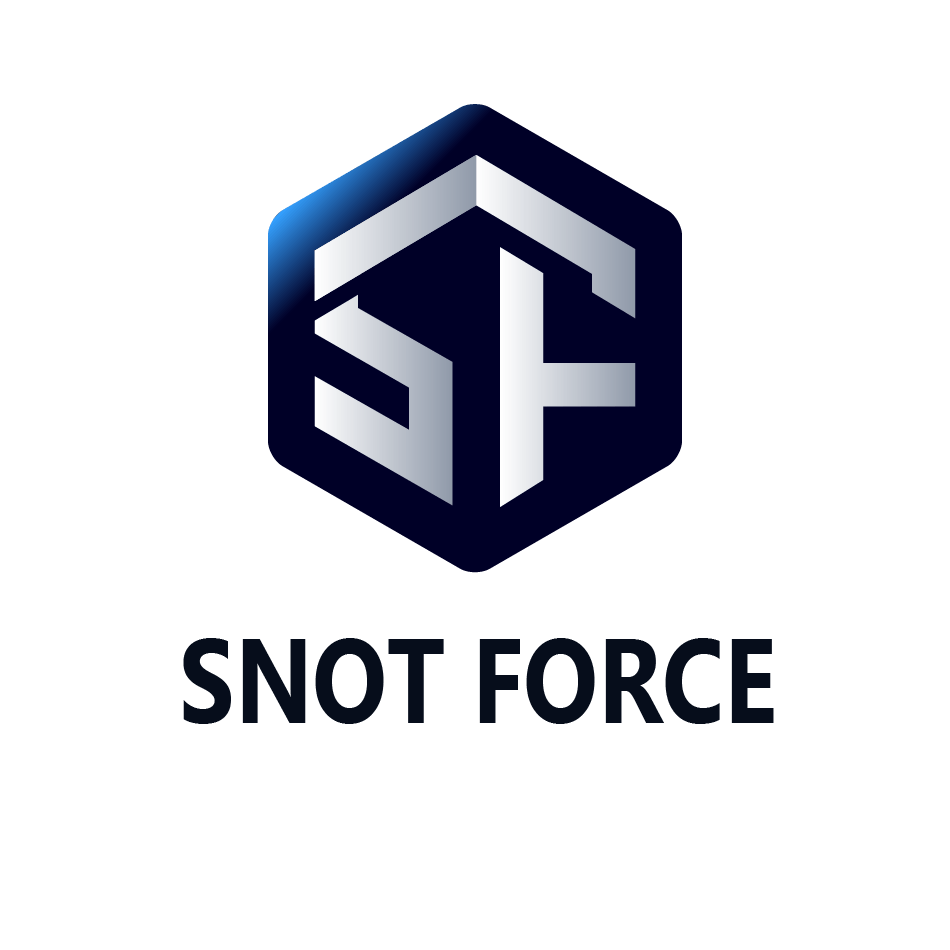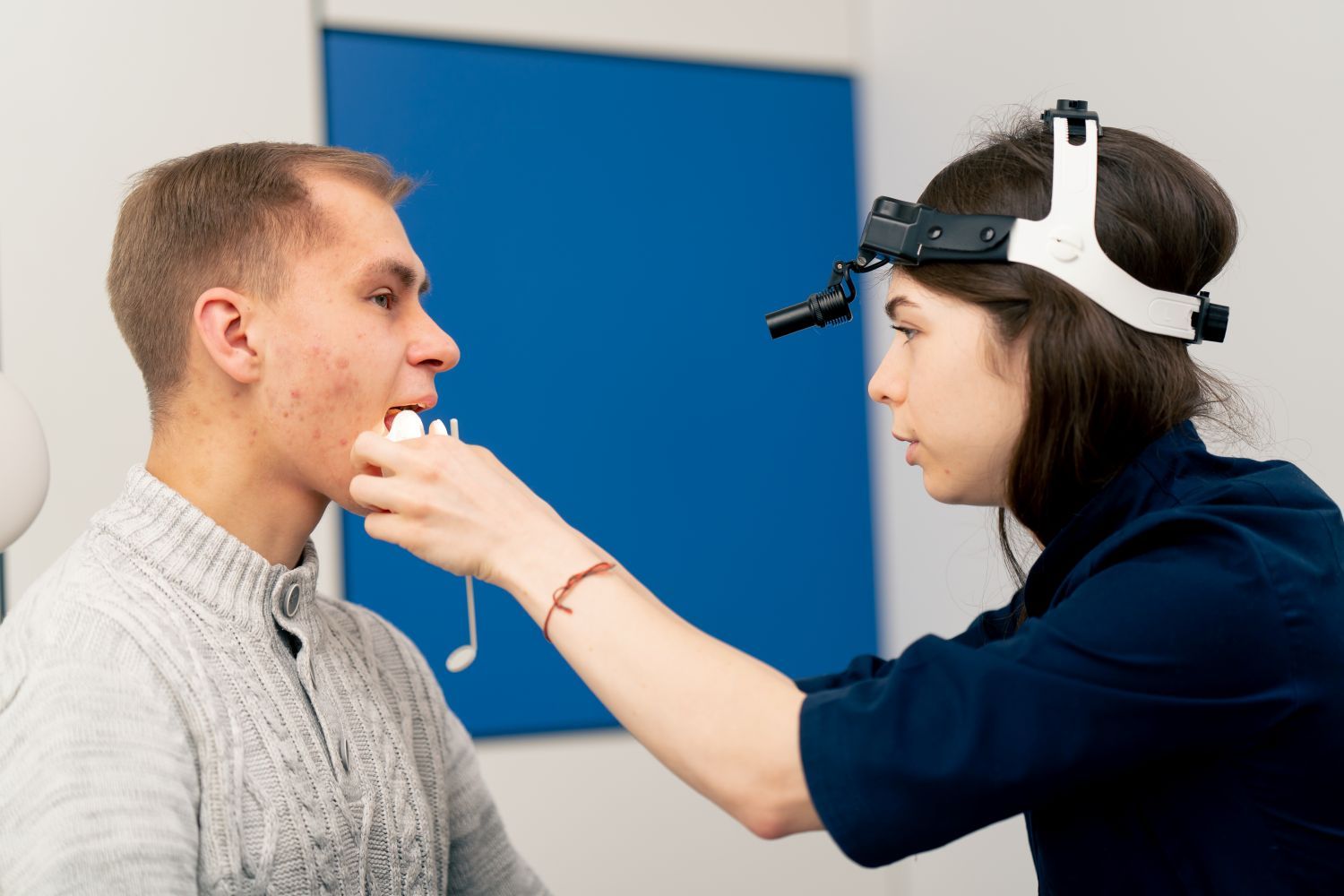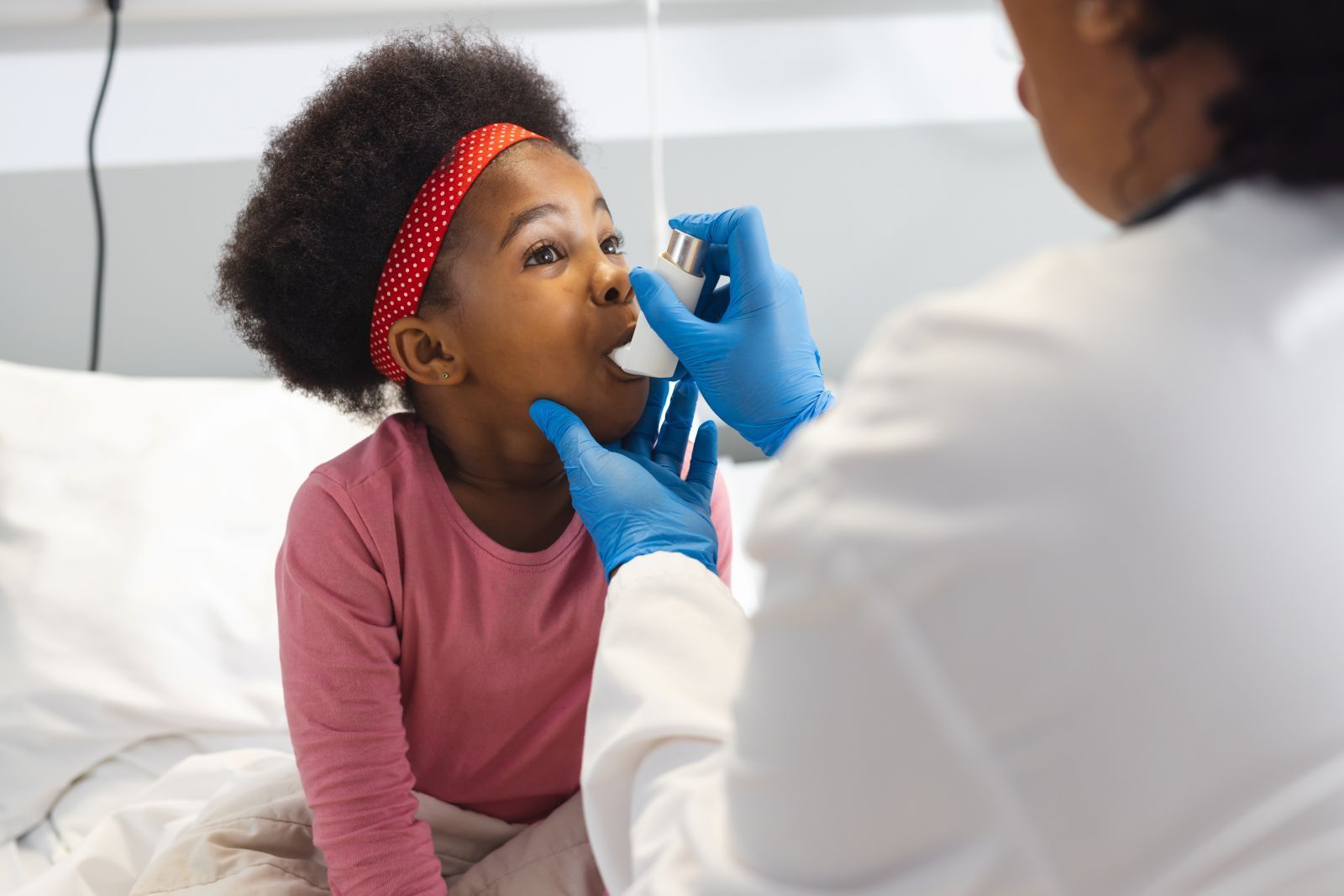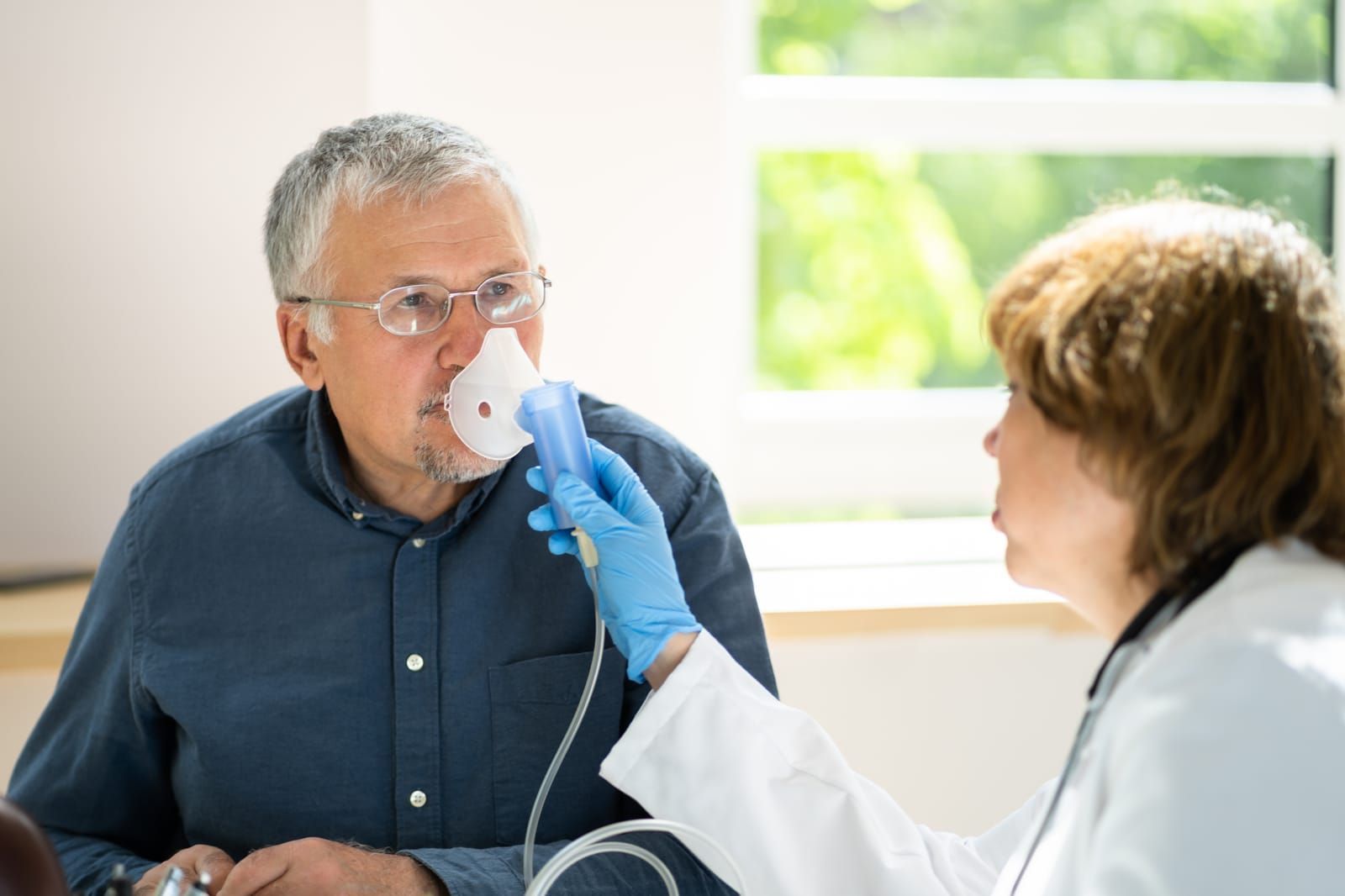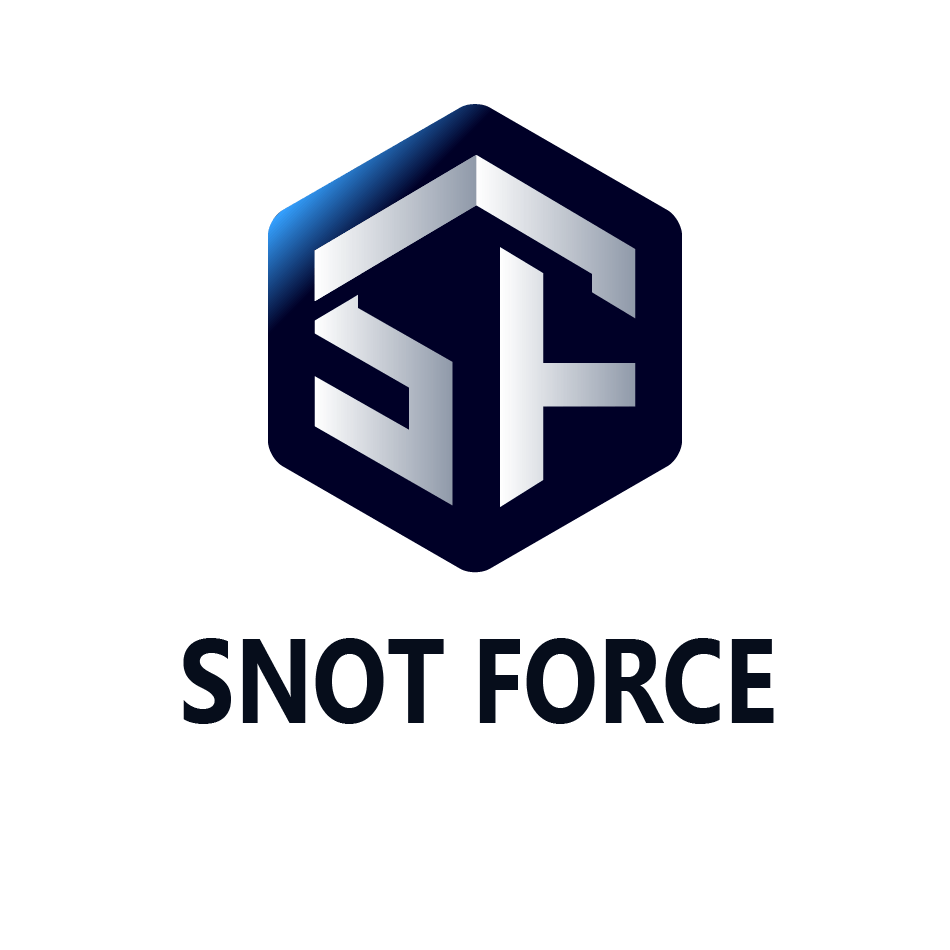Management of Chronic Rhinosinusitis with Nasal Polyps: Endoscopic Sinus Surgery is Still the Best Treatment
April 18, 2021
The management strategies for chronic rhinosinusitis with nasal polyps
(CRSwNP)
in adults have improved immensely over the past decade.
Thomas Higgins, MD, MSPH
Husband. Dad. Sinus Nerd. Humble President of Snot Force Alliance Inc.
Visit him at www.higgins-sinus.com
The U.S. spends nearly $5 trillion on healthcare every year—about 20% of its GDP. With artificial intelligence (AI) set to transform medicine, the pressing question for physicians is: Will AI actually reduce healthcare costs, or will it simply add another expensive tool? This matters not only for the financial sustainability of practices but also for patient outcomes and the future of healthcare delivery. Let’s separate facts from hype and explore what AI truly means for healthcare costs.

Sleep apnea is a common yet complex condition that many physicians encounter in their practice. While the diagnosis and treatment of sleep apnea can significantly improve patients’ quality of life, managing this disorder presents several challenges for healthcare providers. We’ll explore some of the key hurdles physicians face in managing sleep apnea and discuss strategies to overcome them
